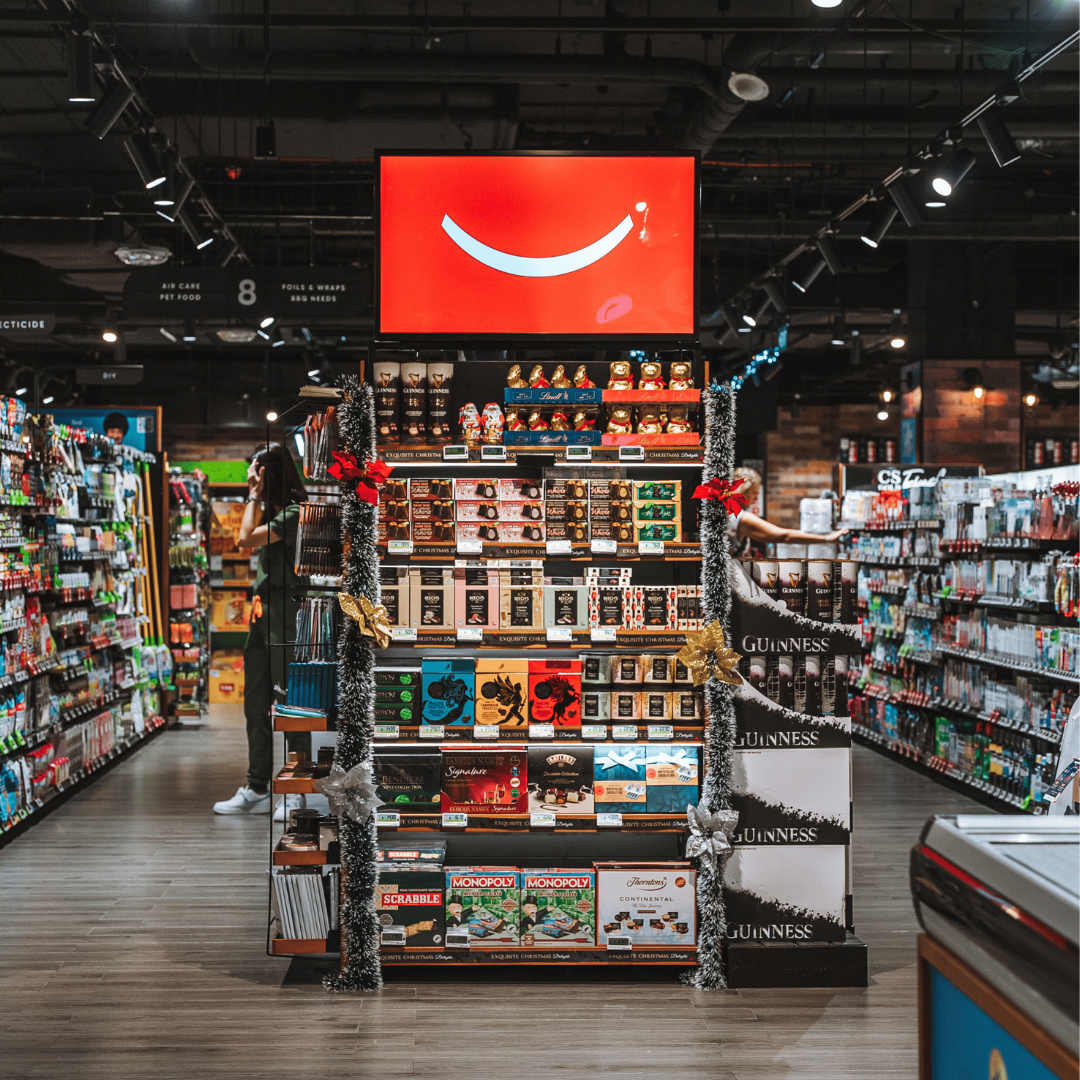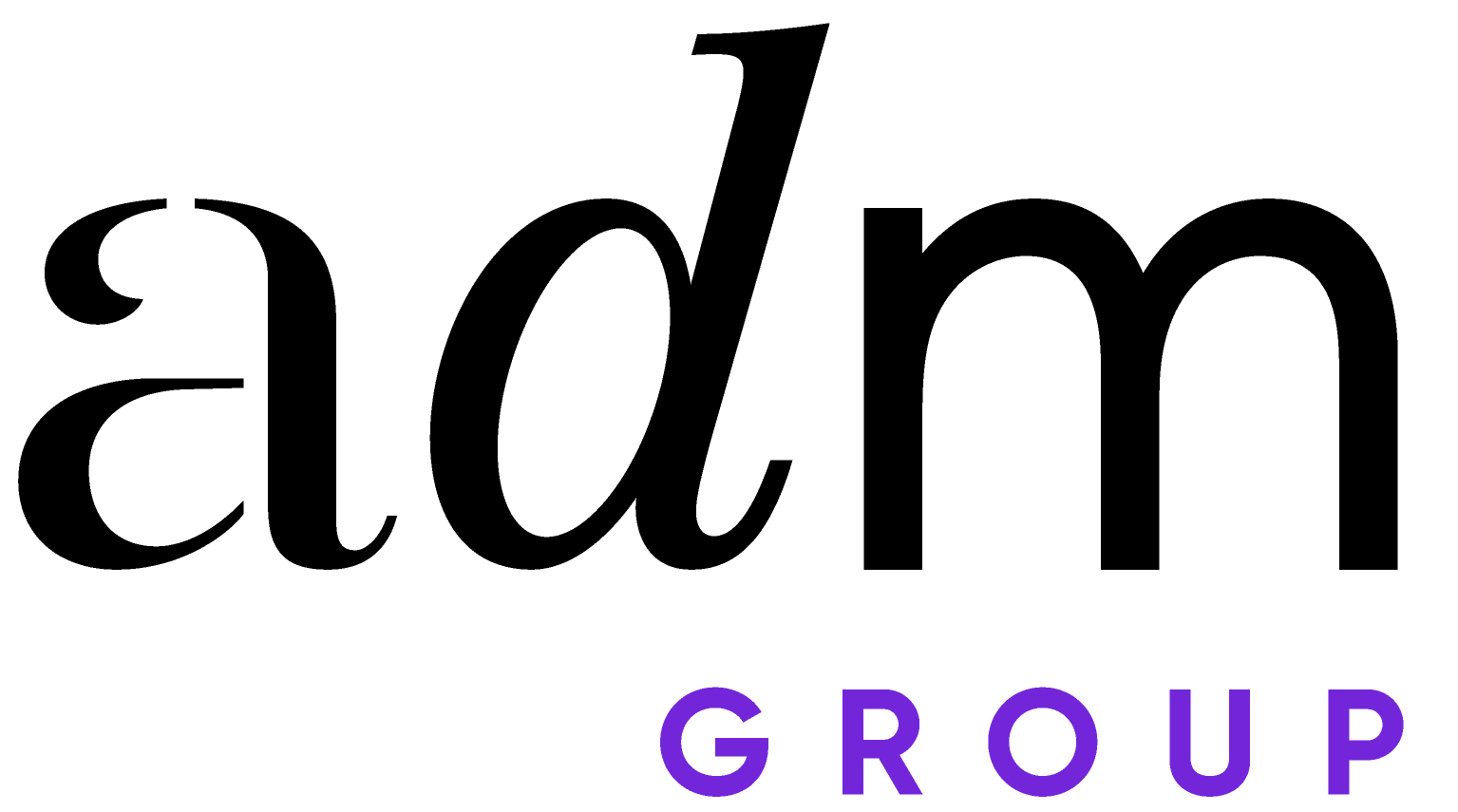The evolution of the retail media landscape
What is Retail Media?
Retail media is about retailers using their physical and digital assets – combined with available consumer data – to offer targeted advertising opportunities for brands to reach out to consumers, whether in-store,
online, in-app, or through various communication channels.
Product Examples include:
In-store advertising: Digital-out-of-home (DOOH) units; static signage and product displays.
Online advertising: banners, product listings, and search ads.
In-app advertising: banners and personalised recommendations.
Communication channel advertising: sponsored emails and newsletters, branded chatbots, and other subscription-based communications.
Off-site: advertising that is placed in third-party channels, such as social media networks, other websites or connected TV platforms, based on a retailer’s customer data and insights.

Retail media expected to reach $166 billion globally in 2025, with an average growth of 21.8%
Retail media is growing at a breakneck pace in markets across the globe and spend is forecast to hit $166 billion globally in 2025 (EMARKETER, 2024).
The UK has seen exponential growth in retail media, which attracted around £2.7 billion in spending in 2022 alone. Based on estimations by Statista, this figure will continue to grow by over 20% annually until 2027.
In Australia, retail media is still in its infancy but is set for significant growth too.
Both PWC & Morgan Stanley have predicted Retail Media in Australia to grow from $1.2 billion in 2023 to $3 billion by 2027 – a difference of +$1.8 billion. This means there is a forecast of $3.6 billion of new retail media revenue set to hit the market between 2025 and 2027.
An IAB research study in 2023 showed 81% of marketers had already engaged with retail media, with 26% saying it is a significant part of their activity.
Where will the growth come from?

Endemic clients are expected to grow their current retail media commitments, while non- endemic clients will consider and trial retail media networks for the first time as part of media mix campaigns.
Global research from Grocery TV shows that in-store retail media drives sales uplift and can be more effective than traditional media options. It is shown to drive higher attentiveness and a more positive ad experience.
What are the benefits of Retail Media?
Retail environments have evolved; brands that embrace the new technology keep pace with the new shopper experience by connecting with consumers digitally. This multi-channel approach ensures product visibility and maintains brand equity during the decision making process.
In-store digital media also gives brands first party data on their consumers, enabling them to increase personalisation and effectiveness. These closed-loop results mean brands gain a deeper understanding of the ROI of their investment via transaction data.
Shoppers are receptive to in-store media that is creative, informative and saves them time or money, with their preferred messaging being on promotions, in-store items, new product announcements and seasonal highlights.
Connected Retail gets results
Mastercard saw a 7% increase in market share and 85% increase in average transaction value across an eight week campaign.
Coca-Cola saw a 17% increase in product sold in the first four weeks of their campaign.
Mars Wrigley saw a 130% increase in SNICKERS sold in the first six weeks of their campaign.
Homart saw a 116% increase in their total store purchase value in the first four weeks.





